John’s Encounter with the MGS 60 Tunnel Scan System
Whenever I head out with my trusty MGS 60, accompanied by Mike and the kids, there’s always a charged buzz of anticipation. Just last weekend, we uncovered an old cellar entrance hidden beneath decades of overgrowth. It was the MGS 60’s detailed 3D ground scan that pointed us right to it, igniting a burst of excitement as we imagined the stories buried with it. This incredible system isn’t just about finding metal; it’s about uncovering the secrets of the underground, offering a window into forgotten histories and lost stories.
Unlocking the Mysteries with MGS 60: A Dive into Underground Discoveries
As a treasure hunter, nothing excites me more than the thrill of discovering hidden corners of the earth. With the MGS 60, my adventures have reached new depths—quite literally. This device, with its robust 3D imaging technology, has opened up possibilities that were previously out of reach. I recall a particular afternoon where the MGS 60’s prowess was unmistakable. As the device scanned beneath an old oak tree, the detailed 3D visuals on my tablet turned what seemed to be just another day at the park into a discovery of a hidden cellar dating back to Victorian times. It’s moments like these that remind me why I cherish this device’s ability to uncover the layers of history buried right under our feet.
The MGS 60 isn’t just any metal detector; it’s a gateway to the past. The precision with which this machine operates is something I’ve found to be unmatched, especially when it bypasses irrelevant metallic debris to focus on the voids and cavities hidden below. The detailed scans bring to life a world beneath us that many are unaware of, making it ideal for both amateur historians and curious adventurers. Whether it’s forgotten tunnels beneath bustling cities, or unseen openings beneath ancient ruins, this detector ensures that every exploration is a successful narrative of history rediscovered. Coupled with an intuitive interface displayed on the device or a connected Android tablet via the Multi-Visual Analyzer app, the MGS 60 makes underground exploration accessible and engaging.
The Technological Edge: Advanced 3D Scanning with the MGS 60
The technological sophistication of the MGS 60 is truly revolutionary in the field of metal detecting. Equipped with an advanced multi-ground scanner probe, the device creates detailed 3D ground scans, with a focus on discovering and visualizing underground structures. From the comfort of my exploratory routes, I’ve utilized this feature to identify structures that are not visible to the naked eye. The clarity of the 2D and 3D visualizations on the device’s display and on my tablet has transformed the way I approach each expedition. It’s more than just finding objects; it’s about uncovering the stories and secrets that each site holds.
Moreover, setting up the MGS 60 is a breeze. The thoughtful design allows for quick assembly right in the field, ensuring that I don’t miss out on any potential finds due to setup delays. The automatic and manual scanning modes add a layer of customization based on the terrain and the specific needs of the hunt, making it adept for various environments. Whether it’s a casual search on the beach or a detailed sweep in historical grounds, the MGS 60 is ready to go wherever adventure calls. The precision and adaptability of this tool have not only enhanced my treasure hunting but have also deepened my appreciation for the subtle nuances of underground exploration.

Practical Tips: Setting Up Your MGS 60 for Optimal Exploration
Setting up the MGS 60 is a breeze, even for those not deeply technical. The intuitive design is geared towards ensuring you spend more time hunting treasures and less on preparation. The snap-in assembly lets you quickly get together the components; ensure the antenna units are securely locked to maintain stability during use. Once assembled, familiarizing yourself with the user menu becomes key. Choosing between manual and automatic scan modes can significantly affect your treasure hunting. I prefer manual during highly targeted searches, where I want full control to explore the suspected areas of relics.
Interpreting the Colors: Understanding Your MGS 60 Scan Results
The real magic of the MGS 60 comes when you start to interpret the scan results. The color-coded system gives immediate insights into what’s below the surface. Blue hues often indicate voids or cavities, possibly hiding old tunnels or even underground cellars, while green suggests more uniform soil compositions. During one of my outings, a patch of intense blue led us to uncover an ancient buried cache, truly the stuff of every detectorist’s dreams. Each color seen on your display or tablet guides you towards potentially significant finds, transforming every trip into a potential historical discovery.
| Product Name | Features | Pros | Cons | Categories |
|---|---|---|---|---|
| MGS 60 |
|
|
|
|

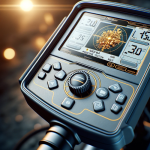




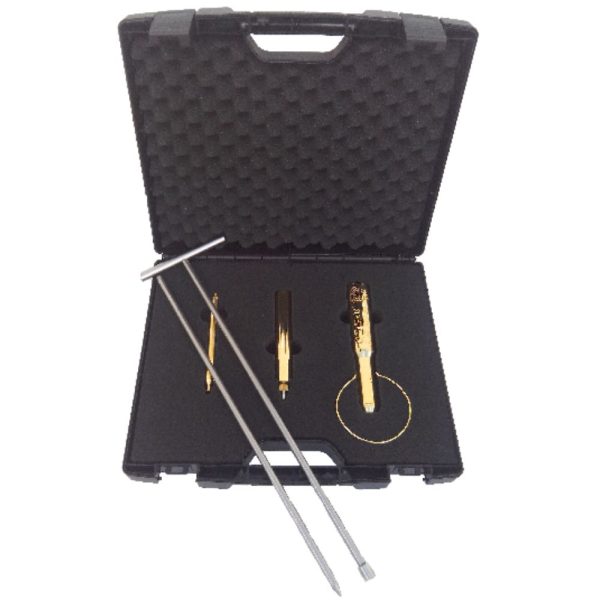
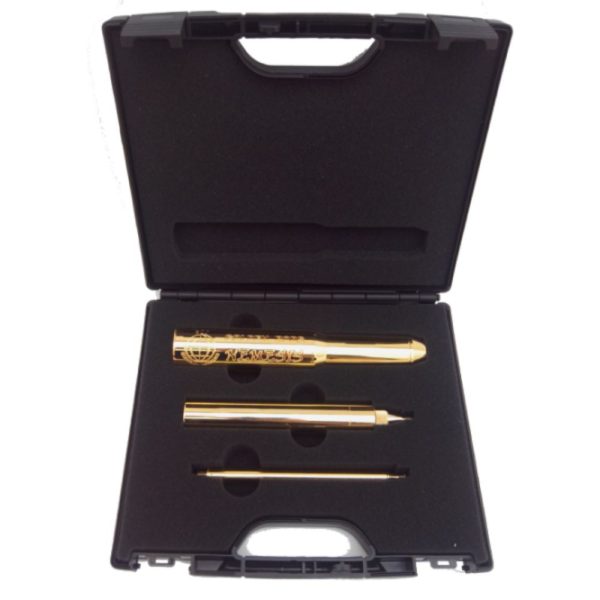
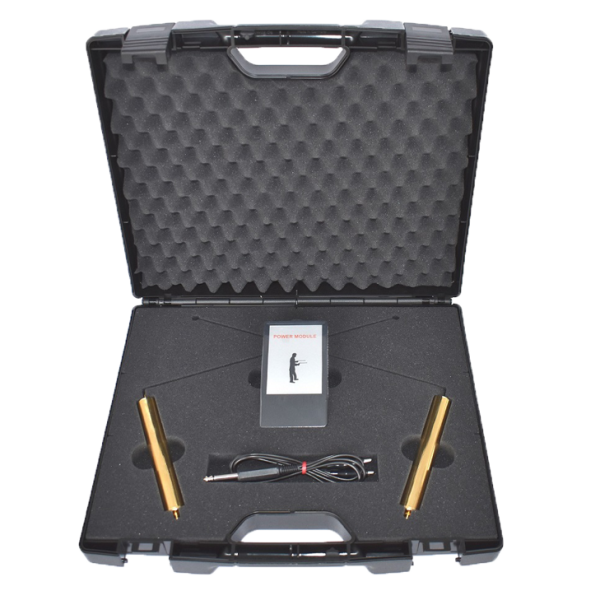
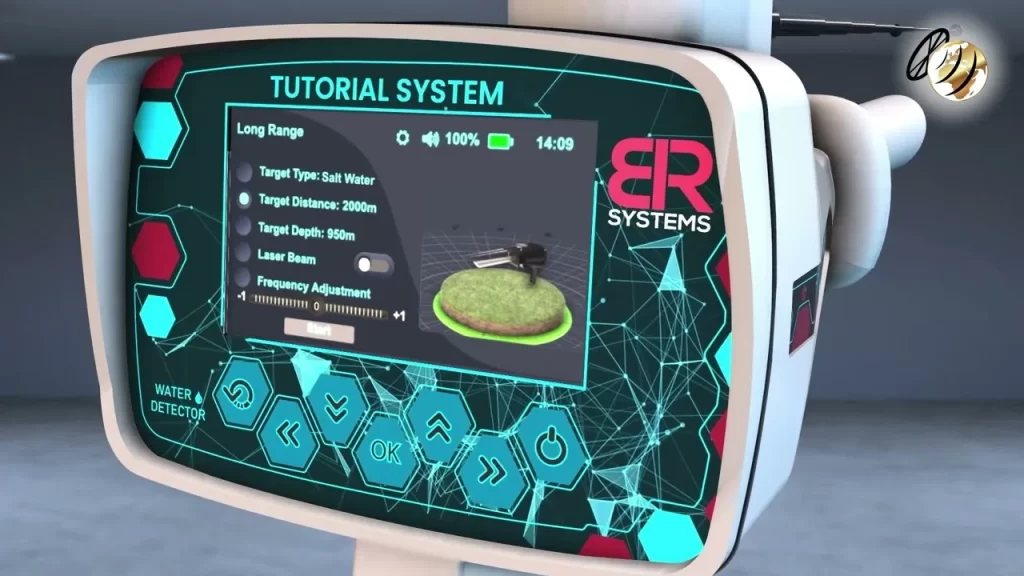

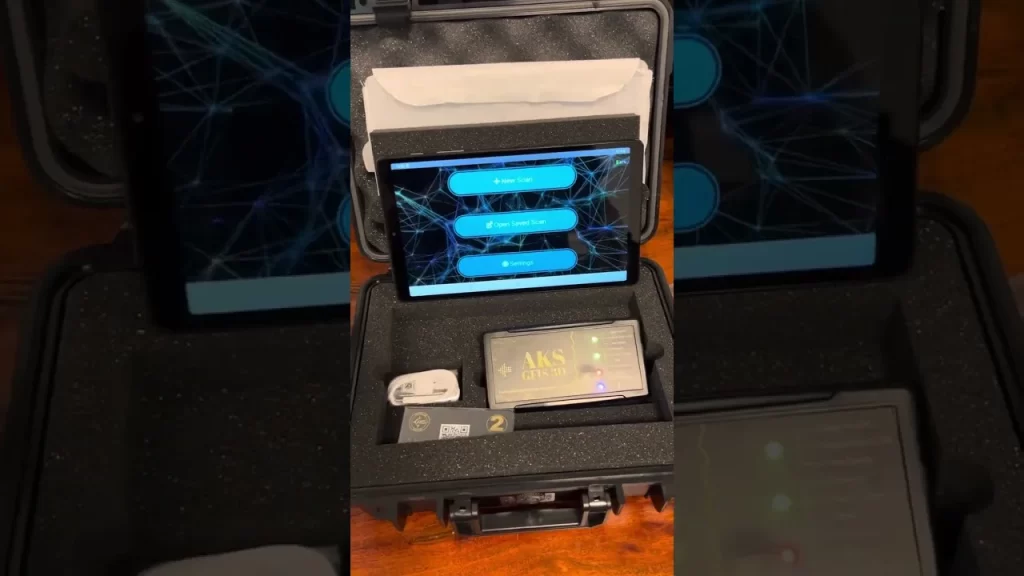
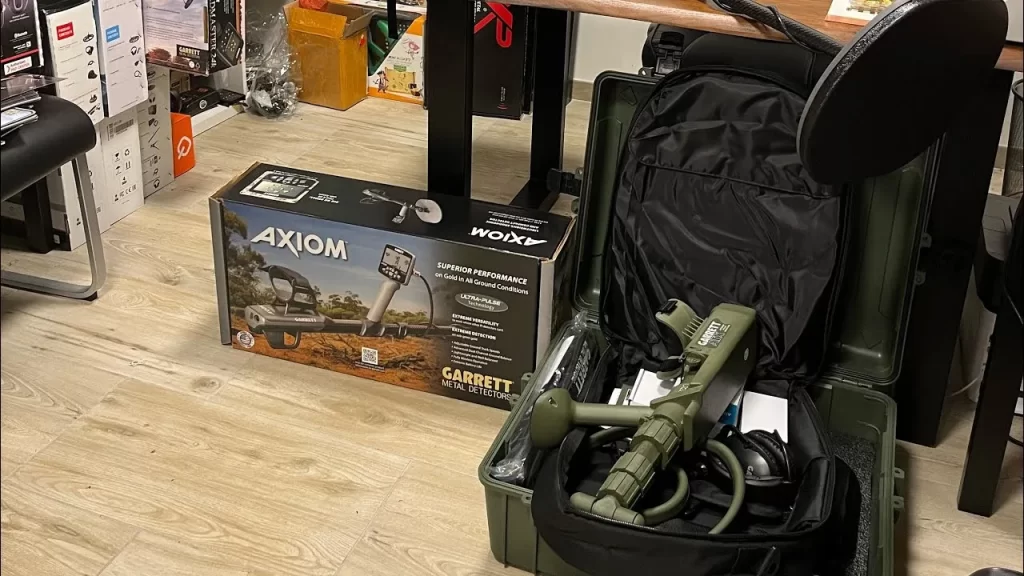
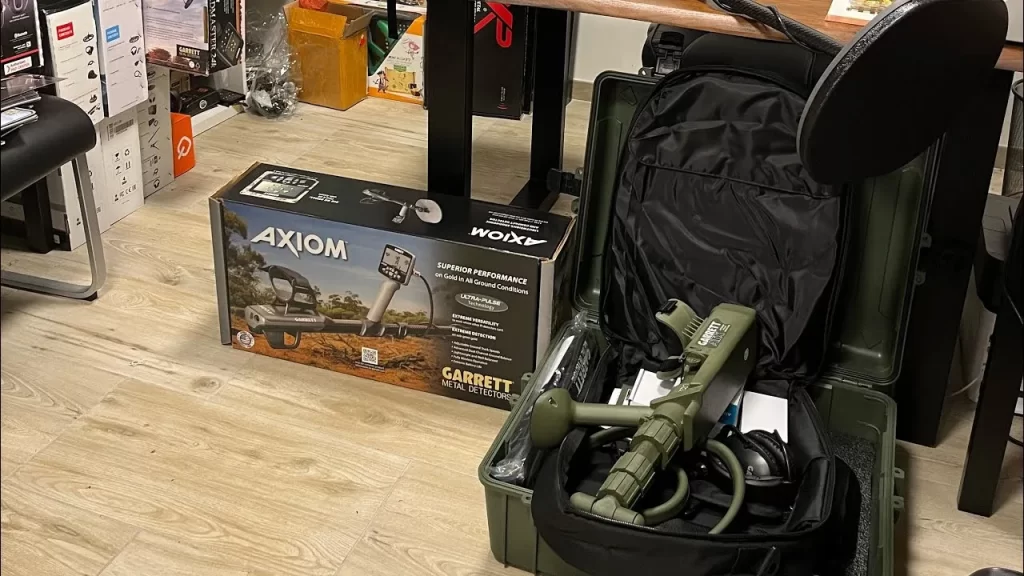
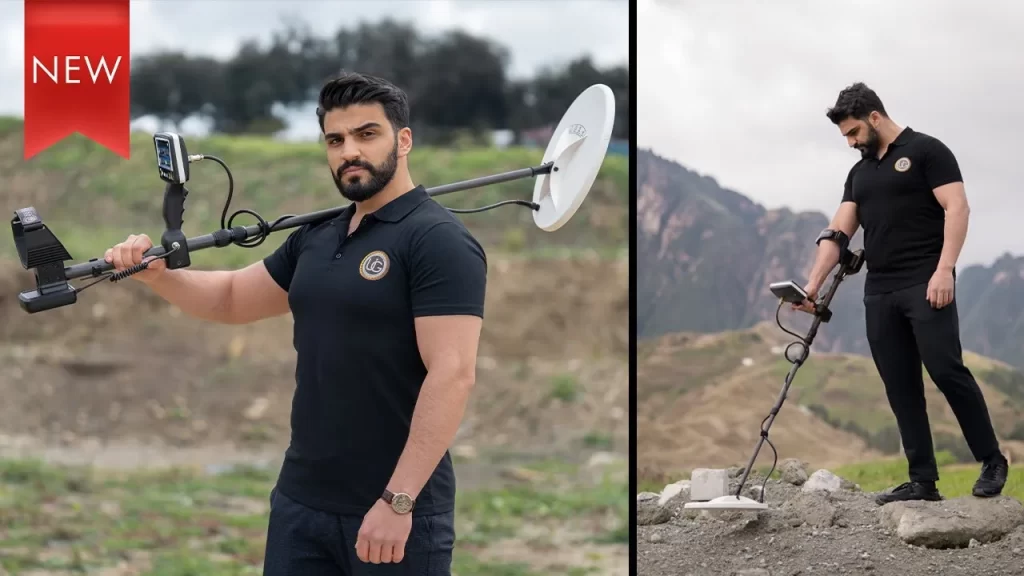

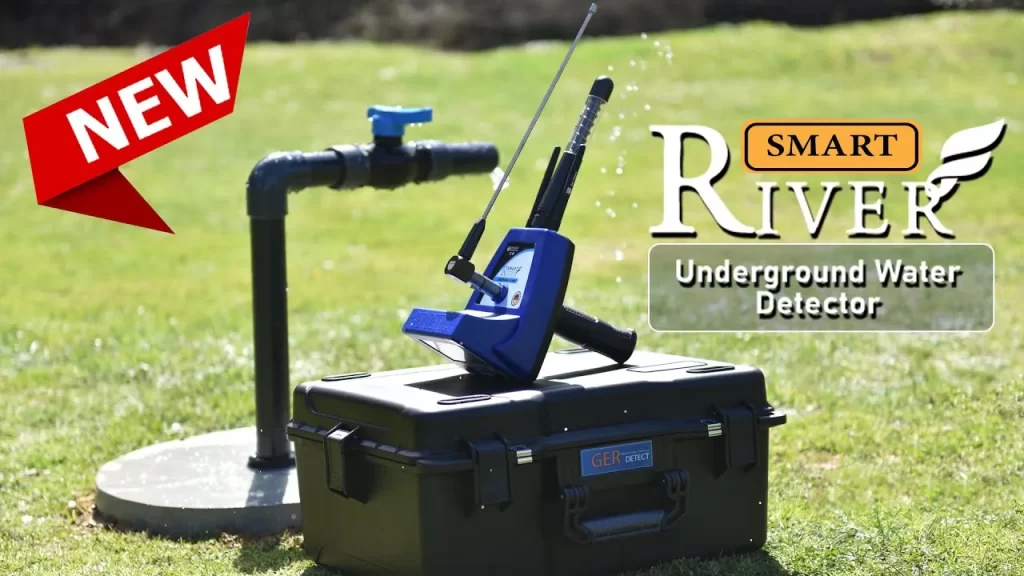

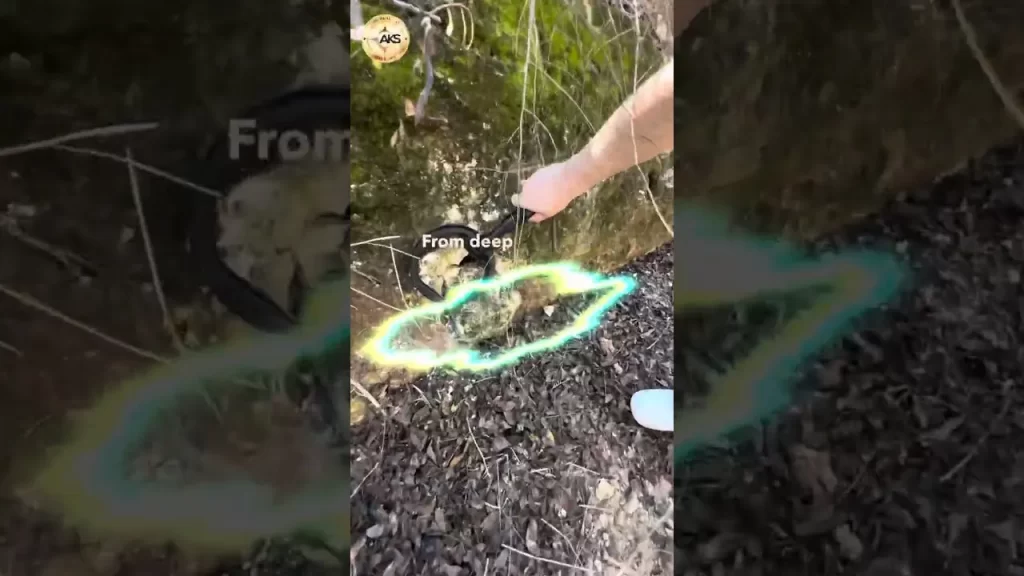

0 Comments